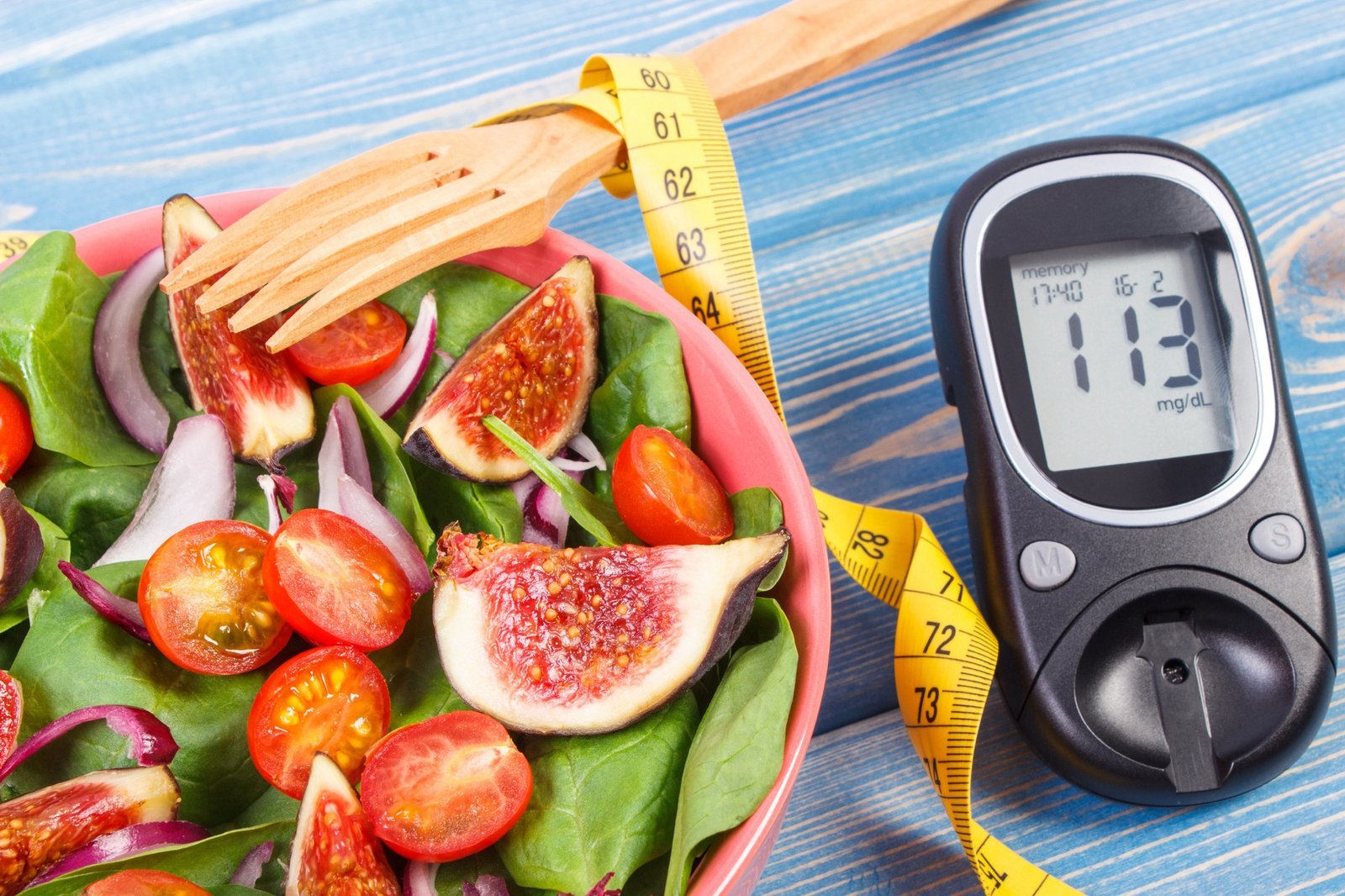The ketogenic diet, commonly known as the keto diet, has gained widespread popularity for its potential to promote weight loss, improve energy levels, and support overall health. This low-carb, high-fat eating plan has helped many people transform their lifestyles. Here’s everything you need to know about the keto diet, presented in a simple and engaging format.
1. What is the Keto Diet?
The keto diet is a low-carbohydrate, high-fat diet designed to shift your body into a state of ketosis. In ketosis, your body burns fat for fuel instead of carbohydrates, which can lead to significant weight loss and other health benefits.
2. How Does the Keto Diet Work?
When you drastically reduce your carbohydrate intake and increase fat consumption, your body enters ketosis. In this state, your liver converts fats into ketones, which become your body’s primary energy source. This shift can help reduce hunger and stabilize blood sugar levels.
3. Benefits of the Keto Diet
The keto diet offers several potential benefits, including:
- Weight Loss: By burning fat for fuel, many people experience steady weight loss.
- Improved Mental Focus: Ketones provide a consistent energy source for the brain, improving concentration.
- Enhanced Energy Levels: With stable blood sugar levels, you may experience fewer energy crashes.
- Better Blood Sugar Control: The keto diet can be particularly beneficial for those managing type 2 diabetes or insulin resistance.
4. What Can You Eat on the Keto Diet?
The keto diet focuses on high-fat, moderate-protein, and low-carb foods. Here are some staples:
- Proteins: Meat, poultry, eggs, and seafood.
- Fats: Avocados, nuts, seeds, olive oil, and butter.
- Low-Carb Vegetables: Leafy greens, broccoli, cauliflower, and zucchini.
- Dairy: Cheese, cream, and full-fat yogurt (in moderation).
5. What to Avoid on the Keto Diet
To stay in ketosis, it’s essential to avoid high-carb foods, including:
- Sugary Foods: Sweets, sodas, and pastries.
- Grains: Bread, rice, pasta, and cereals.
- Starchy Vegetables: Potatoes, corn, and peas.
- Fruits: Most fruits, except for small portions of berries.
6. Potential Challenges and Tips for Success
Starting the keto diet can come with challenges, such as the “keto flu,” where you might experience fatigue, headaches, and irritability as your body adapts to ketosis. To overcome these challenges:
- Stay Hydrated: Drink plenty of water and consider electrolytes to combat dehydration.
- Gradually Reduce Carbs: Ease into the diet to minimize side effects.
- Plan Your Meals: Planning helps avoid temptations and ensures you stay within your carb limits.
7. Is the Keto Diet Right for You?
The keto diet can be highly effective for many people, but it’s not one-size-fits-all. It’s important to consult with a healthcare provider before starting the diet, especially if you have existing health conditions.
Conclusion
The keto diet offers a unique approach to weight loss and overall health by focusing on low-carb, high-fat eating. With the right planning and understanding, you can successfully transition to this lifestyle and reap the many benefits it offers.
Call to Action: Ready to try the keto diet? Start by exploring keto-friendly recipes and meal plans today, and embark on your journey to a healthier you!





